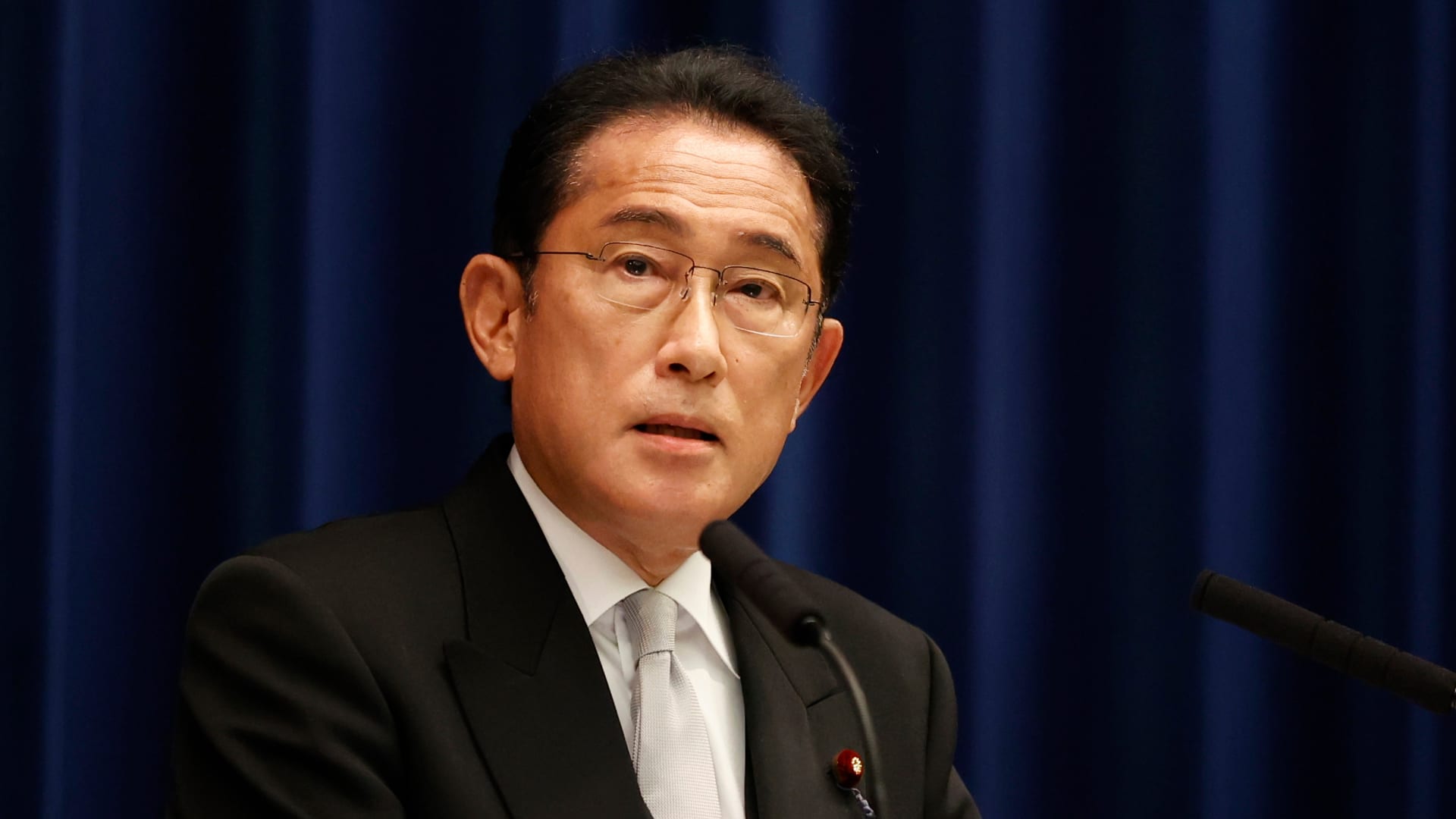Energy
Wednesday, August 24th, 2022 5:34 am EDT

The prime minister of Japan said Wednesday that his country would restart more idled nuclear power plants and look into the feasibility of developing next-gen reactors.
Fumio Kishida’s comments, reported by Reuters, build upon remarks he made back in May, and come at a time when Japan — a big importer of energy — is looking to bolster its options amid ongoing uncertainty in global energy markets and the war between Russia and Ukraine.
If fully realized, the move would represent a turnaround for the country’s energy policy following 2011’s Fukushima disaster, when a powerful earthquake and tsunami resulted in a meltdown at Japan’s Fukushima Daiichi nuclear power plant.
Most of Japan’s nuclear plants have remained idle since then, but attitudes appear to be shifting. Earlier this month, a former executive director of the International Energy Agency said public support in Japan for a nuclear restart now stood at over 60%.
Japan is targeting carbon neutrality by 2050. Under an “ambitious outlook,” the country’s 6th Strategic Energy Plan envisages renewables accounting for 36% to 38% of its power generation mix in 2030, with nuclear responsible for 20% to 22%.
“Stable use of nuclear power will be promoted on the major premise that public trust in nuclear power should be gained and that safety should be secured,” according to an outline of the plan.
While Japan may be refocusing its attention on nuclear, the technology is not favored by all.
Critics include Greenpeace. “Nuclear power is touted as a solution to our energy problems, but in reality it’s complex and hugely expensive to build,” the environmental organization’s website states.
“It also creates huge amounts of hazardous waste,” it adds. “Renewable energy is cheaper and can be installed quickly. Together with battery storage, it can generate the power we need and slash our emissions.”
—CNBC’s Lee Ying Shan contributed to this report
This post has been syndicated from a third-party source. View the original article here.




